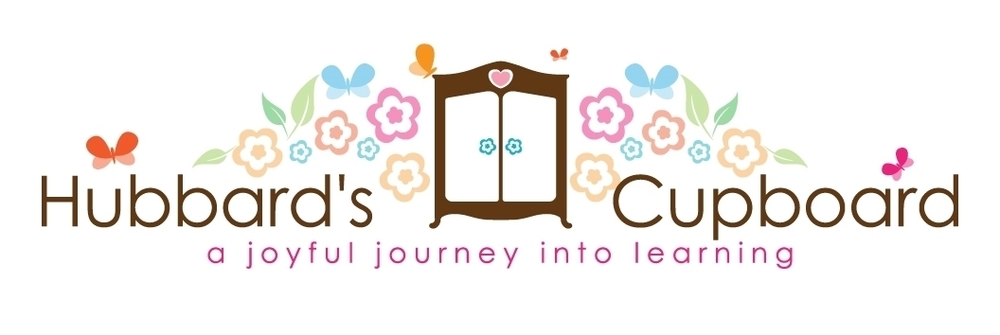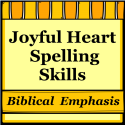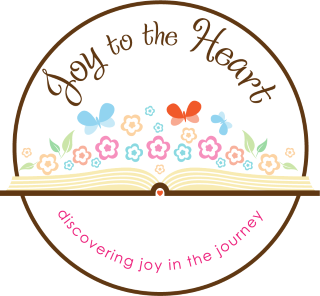Small Groups
In Extended Day Kindergarten (EDK), a portion of our day is devoted to working in small groups. By participating within smaller groups, students get more individualized attention and are often able to focus more clearly on tasks. Students are divided up into two small groups. During a 30 minute period of time, each small group rotates through two small group activities.
Our small group activities are Letter Study and Fine Motor. Below, you will find a few sample activities of what we do during this small group time.
Letter Study
We always start with our ABC Strips (an alphabet strip with Upper and Lowercase letters and a corresponding picture for each letter). Each child has their own ABC strip to refer to as they point and orally chant the ABCs and then name the corresponding picture. ('A,a, apple, B,b, balloon, etc.) This is very similar to what students in the AM class do, but for EDK each child has their own ABC strip for easier tracking.
Next, we quickly go through a letter review deck. Sometimes, I show a letter and all students tell me what letter it is and/or I show a picture and all students tell me the name of the picture and what letter it starts with. (Our K center teaches by letter of the week, so I only put in the letters they should know from their regular K class.)
The next step of our Letter Study changes each day. These are a few of the types of activities we may choose to do.......
- Letter Card Bags- Each child is given a small bag of letter cards (uppercase letters on one side and the corresponding lowercase letters on the other). Students lay their letter cards out randomly on one side (usually teacher choice of sides because students will tend to lay out the uppercase letters all the time). I may ask them to find a certain letter and place it back into their bag or I may ask them to find the letter that 'mouth' (for example) starts with and hold it up so I can see it.
- Picture Sorts- Students take turns picking up a picture card and placing it in a pile with other pictures that start the same. (For example sorting pictures that start with Mm and Ss)
- What's My Sound?- Give a picture card to each child. Have each child say the name of their picture. Then ask them to figure out which two students have pictures that begin with the same sound
- 'Bang!' (Lots of the K teachers at my school do this and the kids love it! I use to play a similar game with vocabulary words with my second graders in Title 1.-- This just goes to show that you could easily keep the format and change the skill needed to be worked on.) Have a deck of cards containing letters and pictures with the letters/ beginning sounds you've introduced. Also add a decorated card with the word 'Bang!' on it. Show the top card and have one student either tell you what letter it is and a word that begins with that same letter sound or have them tell you the name of the picture and what letter it starts with. If they answer correctly, they get to keep that card (for the duration of the game). However, if they happen to get the 'Bang' card, they have to return all of their cards! The child with the most cards at the end of the game 'wins'. I usually have each child count their cards and don't stress a winner.
- Letter and Sound Bingo- Give students half sheets of paper with a 3 by 3 table on it. Have them use their letter strip to carefully copy any letters (upper or lower case) that they have learned about. Hold up a picture and have them place a chip on the letter that the picture starts with. Continue playing following regular 'Bingo' rules.
- ABC Concentration- Have students find two pictures that start with the same letter sound.
Fine Motor
This varies daily and week to week. Sometimes there is a small craft to do and at other times, we set out materials for students to manipulate. The goal of this small group activity is to develop fine muscles so that students may more easily hold onto and write with pencils and cut more precisely. This does not necessarily mean that students must work with pencils and scissors in order to develop this skill.
Students may be asked to work with play dough, do a cut and paste activity related to our story, sew/lace, string beads, build with Legos, use pattern blocks to fill in pre-made shapes, work with pegboards, copy geo-board patterns, weave, play math roll and count games, make a puppet related to our shared reading story, color, put together puzzles, etc.
Our aide and/or a high school helper usually oversees this area to make it run more smoothly.
As an example, an older small group's board can be seen below. (It shows an arrangement of 3 small groups rotating during 45 minutes of time.)









